Bookshelf Wealth & Valentine's Day xoxo
"I have always imagined that Paradise will be a kind of library." - Jorge Luis Borges
Have you heard of “bookshelf wealth?” A new social media trend, a hashtag and concept that has spread across Tik-Tok and Instagram, and a term coined to describe those who have the space and means to fill their homes with books, it’s been written about quite a bit in recent months.
linked to this Vogue article in her Instagram stories — she was interviewed about the trend and is quoted — and it was the first time I had heard of it. It feels right up my alley — I do love to look at beautifully stuffed shelves and have been known to save those images to Pinterest, zooming in to take notes. Much of my library collection was ordered from Thriftbooks after seeing a title on someone else’s shelves.The idea that groaning bookshelves, artfully arranged, could become a trend simply for aesthetic sake makes me cringe. The thought of ordering “books by the foot” (shudder) and ready-made library collections…the horror of it all! Admittedly, I can’t make the claim that I’ve read every book on our shelves, but I at least know that I bought them with the intention and knowledge that I want to read them…eventually. I love how Taylor, in the Vogue article, is quoted describing her book collection as “a living, breathing thing.”
According to the standards of this “trend,” I grew up with “bookshelf wealth.” No matter where we lived, no matter our income, books were part of the fabric of our lives. My mother is a collector like I am, buying (usually secondhand) whatever catches her fancy. There were shelves of books on every subject. There were my dad’s science-fiction paperbacks. My brother and I had shelves stuffed with picture books and children’s novels. It was a family life surrounded by shelves of books, always within reach, always available to our curious minds. There were never any restrictions on any of it, and we were allowed to explore and read to our heart’s content. I’ve tried to build this with our daughter, making books available throughout the house, and encouraging her to explore the shelves. We should buy stock in Ikea Billy bookcases, they live in every empty stretch of wall throughout our 1200 square foot home, anchored to the walls because of the weight.
I’m a big believer in every bit of shelf space being used by books. No vases or art objects for me — if there is extra space on the edge, then that’s fine, but a bowl of flowers takes up valuable real estate that could be used by more books. In my previous life as a librarian, I was trained to leave shelf space — a full shelf meant that it was time to weed the collection. But at home, every empty inch is the potential for another book.
In our memefied world, everything has the potential to be a trend. We label it all — something-something-core, hashtags for everything. As a subculture kid, who found community in the nascent labels of the ‘90s, I understand. When you’re young, labeling yourself sets you apart, it gives you the semblance of identity at a time when you are desperate to know who you are. But labels are out of control — not everything has to be an “aesthetic.” As my daughter grows older, I hope that she doesn’t look at her world, surrounded by books, and only rate it based on a trend. I hope that she sees it for what it is — a world unexplored, voices competing, skills to be learned, and people to meet. Worlds and worlds, all contained on a shelf.
I love sharing my “bookshelf wealth” with you all, and today’s newsletter is all about the books. With Valentine’s Day tomorrow, I thought that I would pull a selection of heart & love-themed books from my collection. As I mentioned before, I am a big fan of getting a glimpse at other people’s libraries. I have a feeling that many of you are the same.
Folk Hearts: A Celebration of the Heart Motif in American Folk Art by Cynthia V.A. Schaffner and Susan Klein
Mary Emmerling’s American Country Hearts by Chris Mead
I cannot express how much I love these books! They are one of my largest sources of visual inspiration and I reference them all of the time. Both are full of detailed photographs of hearts used in American folk art. The Mary Emmerling book is all visuals, with lovely quotes included, but the Folk Hearts book is full of historical context and information.
Venus in the Kitchen or Love’s Cookery Book by Pilaff Bey (Norman Douglas)
The controversial British aesthete and writer Norman Douglas1 put together this gem of a cookbook and it was published under a pseudonym in the last year of his life. It’s a collection of so-called aphrodisiac recipes, but truly it is a love letter to food and European food history. According to his close friend and mentee, the famed English food writer Elizabeth David, the idea for the cookbook was born when Norman spent an evening meal with friends, full of delicious food and wine, and “he was deputed or rather implored by those of his companions who had been bemoaning their lost vigor, to look into the subject of aphrodisiac recipes and the rejuvenating effects of certain condiments and certain dishes.”2 The recipes were collected throughout the 1930s and finally compiled, with the help of Douglas’ friend Graham Greene (who wrote the introduction).
David had much to say about Venus:
The cookbook has been reprinted several times throughout the years, including in 1992 with an edition featuring an additional introduction by Stephen Fry.
Douglas died in 1952, purposefully overdosing on drugs after a lengthy illness. His last words were reported to be, “Get those fucking nuns away from me.”
Appolonia’s Valentine by Katherine Milhous (1954)
A sweet, old-fashioned story set in a Pennsylvania German community with themes of creative work, friendship, and determination. The hand-printed illustrations are beautiful and inspired by American folk art — it’s a great companion to the folk art heart books above.
Katherine Milhous is best known for her Caldecott Medal book, The Egg Tree, and for her beautiful illustrations for the WPA. Her work is heavily inspired by Pennsylvania German folk traditions.
Good Morning To You, Valentine, poems selected by Lee Bennett Hopkins, illustrated by Tomie de Paola
No introduction is needed for Tomie de Paola, and this sweet collection of Valentine-themed poems is delightful to read aloud to children. I love the red line drawing illustrations and the design and layout of the text.
Happy Valentine’s Day to you all! I am shifting into contemplative mode, since tomorrow is also Ash Wednesday for those of us who observe Lent and the liturgical year. But I think that is strangely appropriate — a day of Love and Death intertwined. One is never far from the other.
Here are a few past newsletters that I had a lot of fun researching & writing:
Did you enjoy this piece? You can always buy me a coffee!
If you haven’t already, please consider subscribing! And if you are a subscriber (hi, I love you!), maybe consider upgrading to paid?
email: areyoushrieking@gmail.com
Are You Shrieking? will always be full of original content and will never use AI.
Douglas was determined to live the life he wanted: chasing physical pleasure was his only goal. There is much debate over his legacy — a well-respected writer in his time, he was also a well-known predator and abuser. This book recommendation is not an endorsement of Douglas as a person.
An Omelette and a Glass of Wine, Elizabeth David.


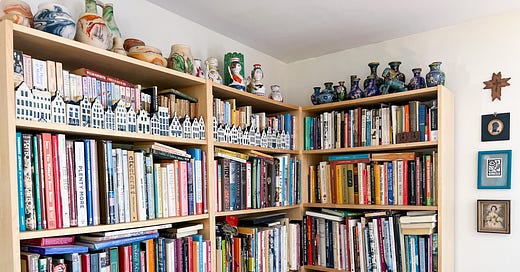




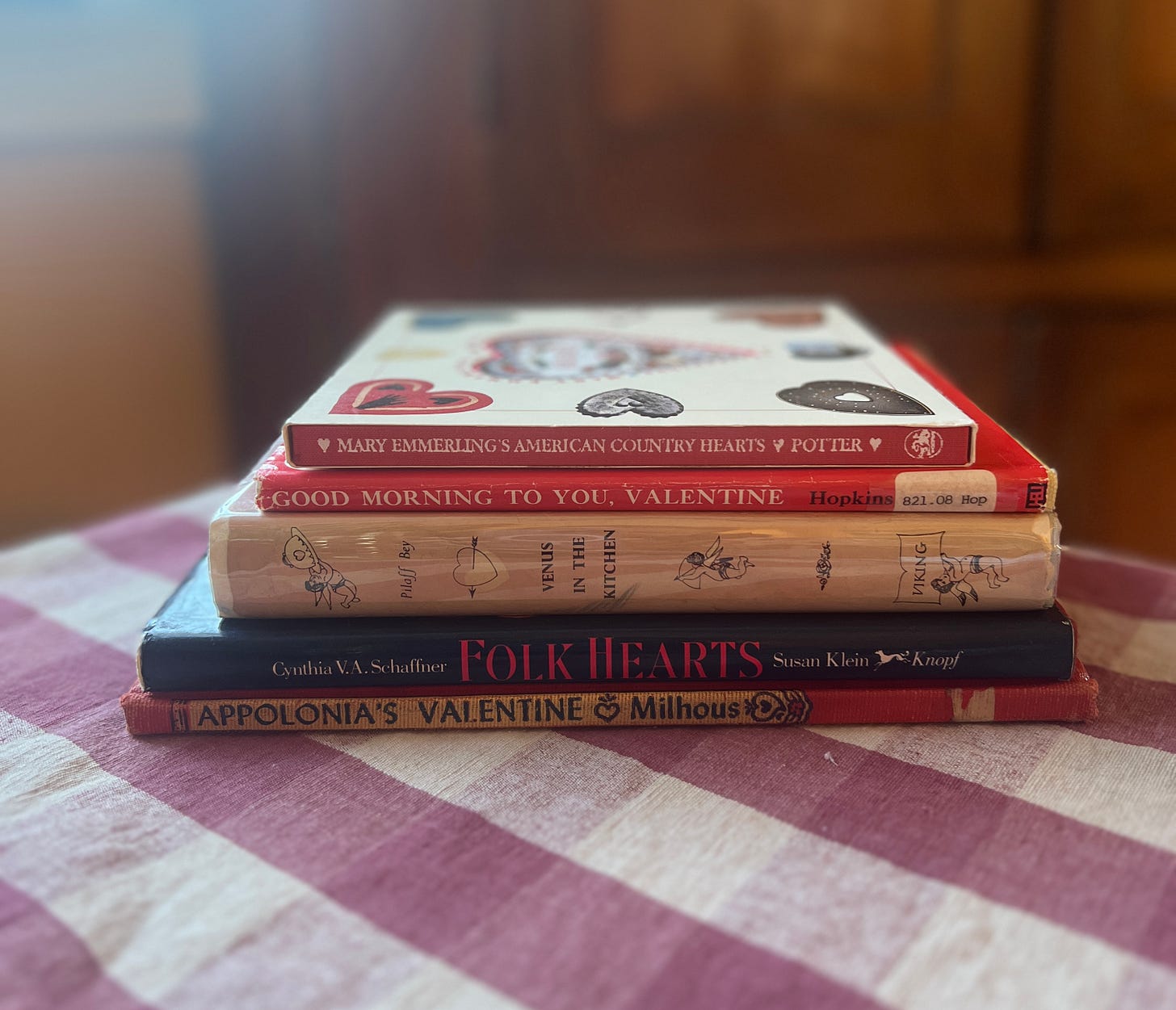
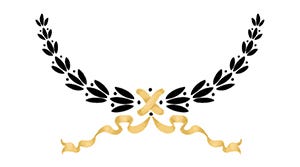

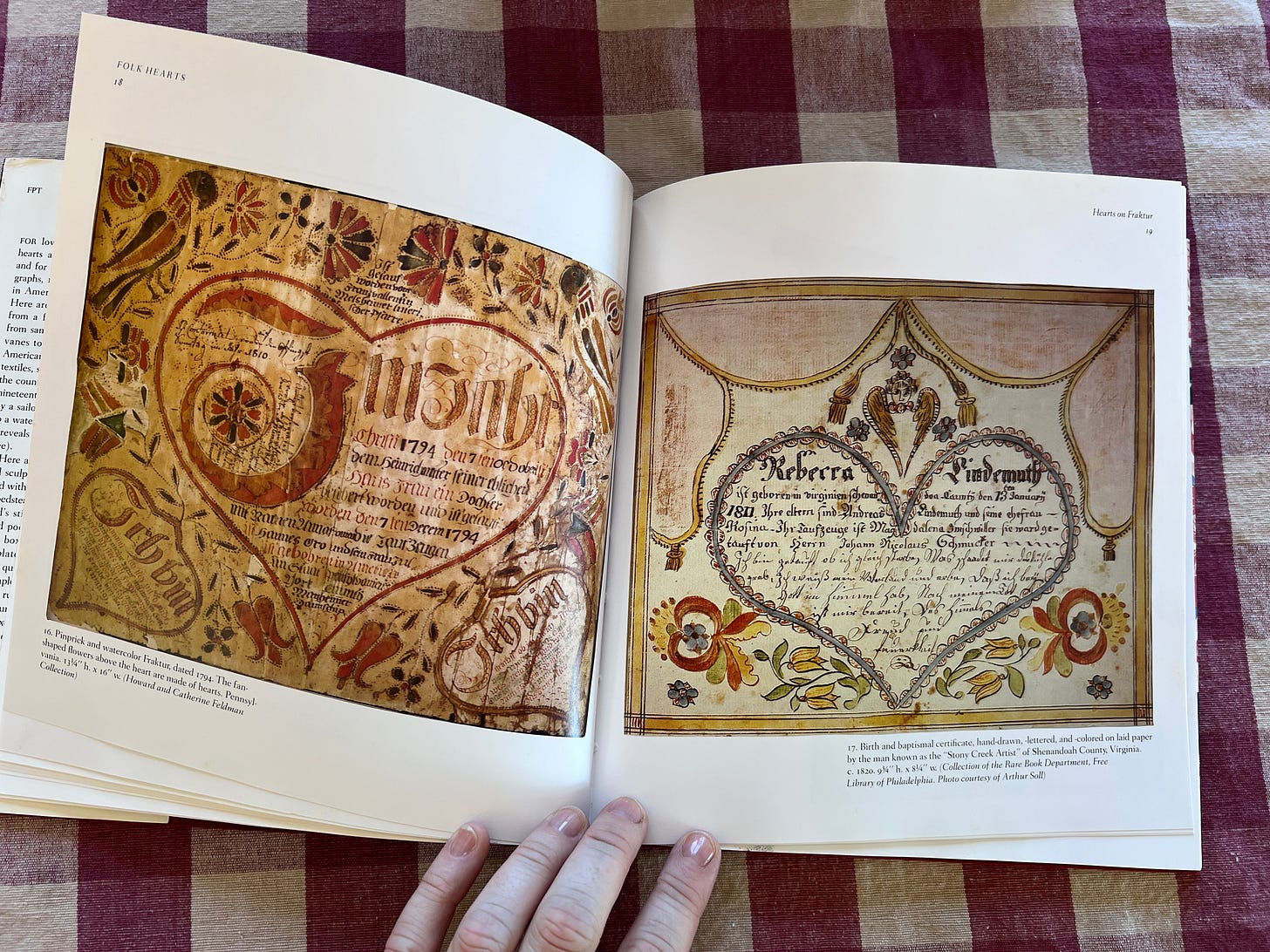
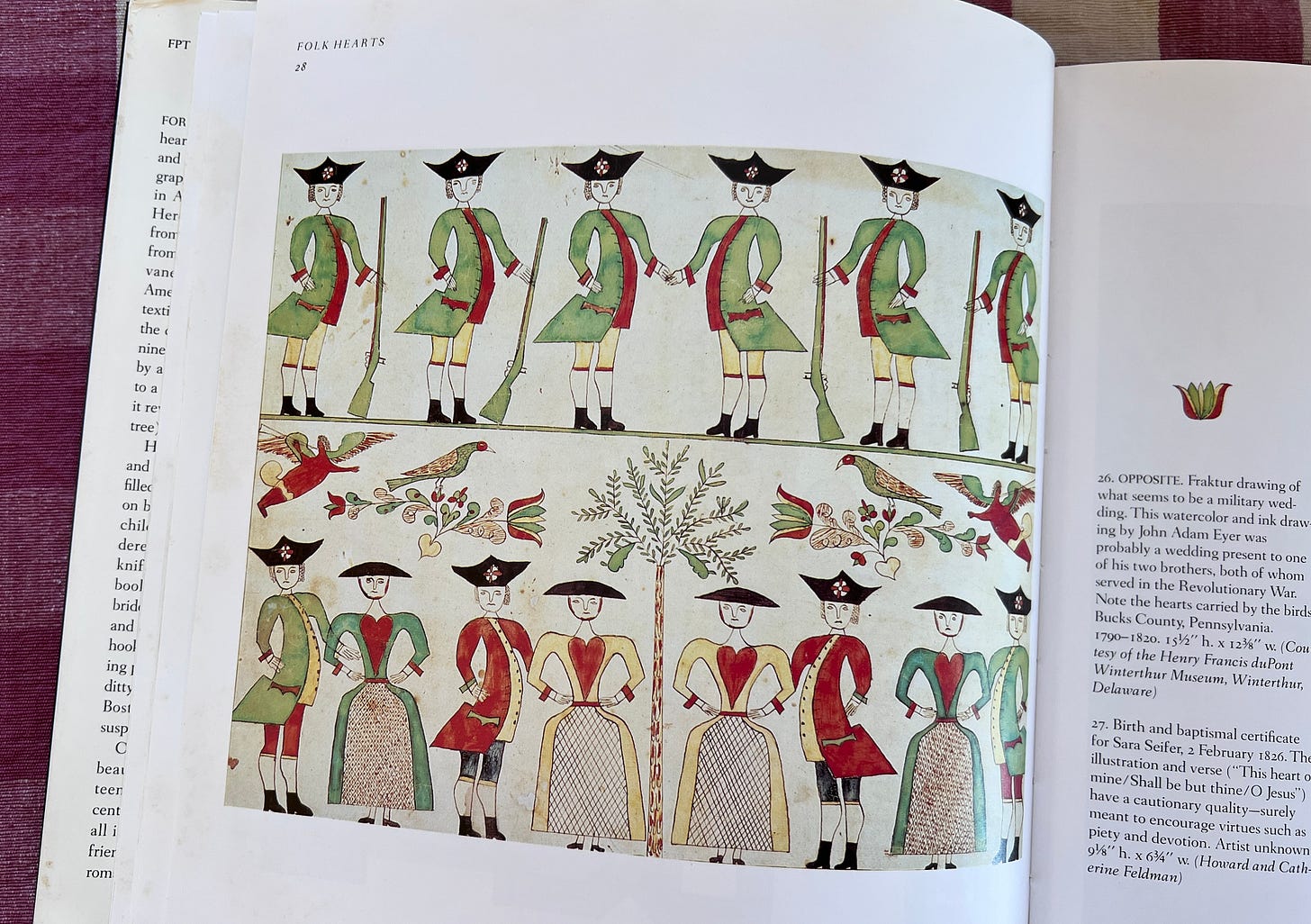
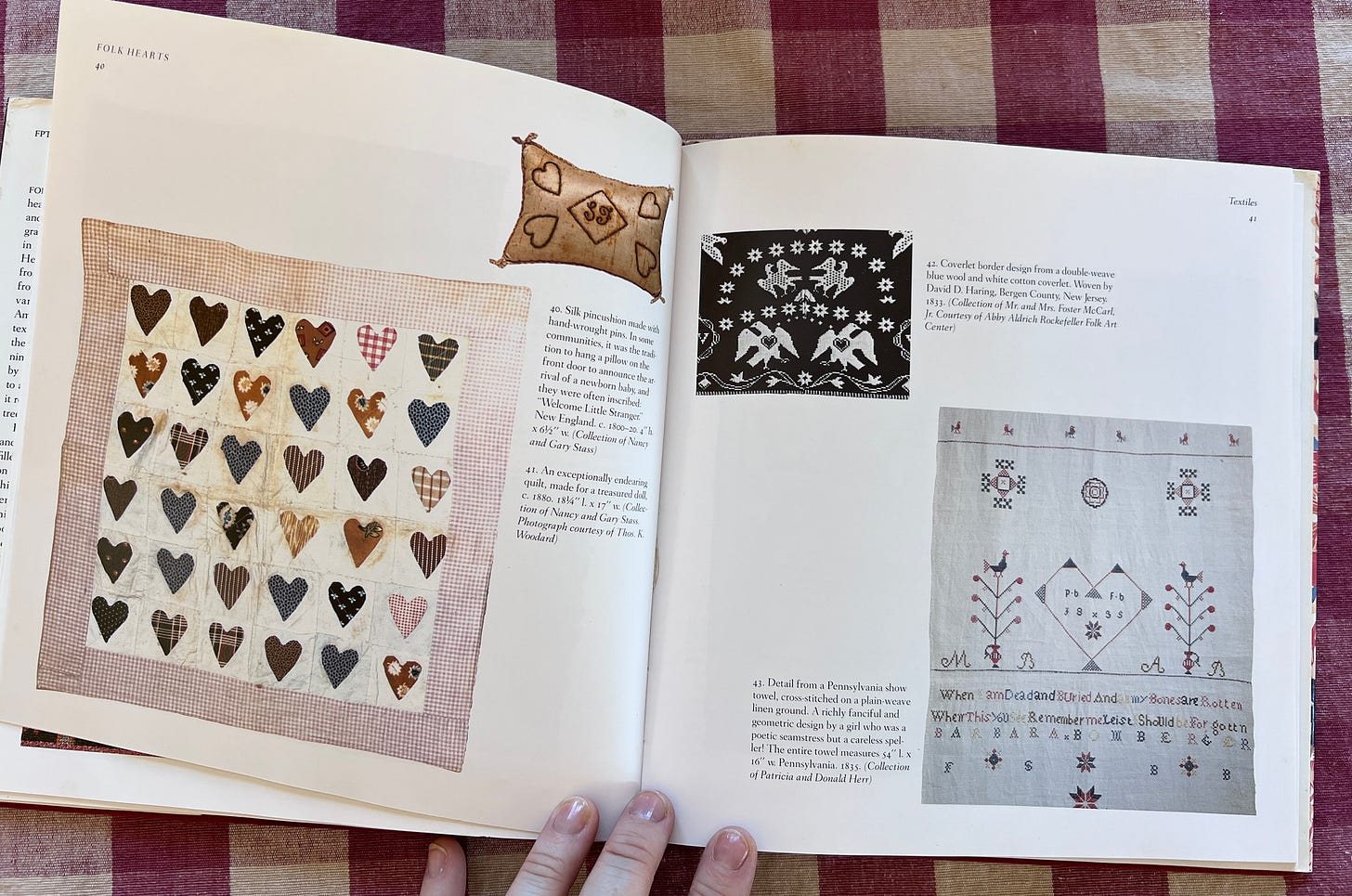
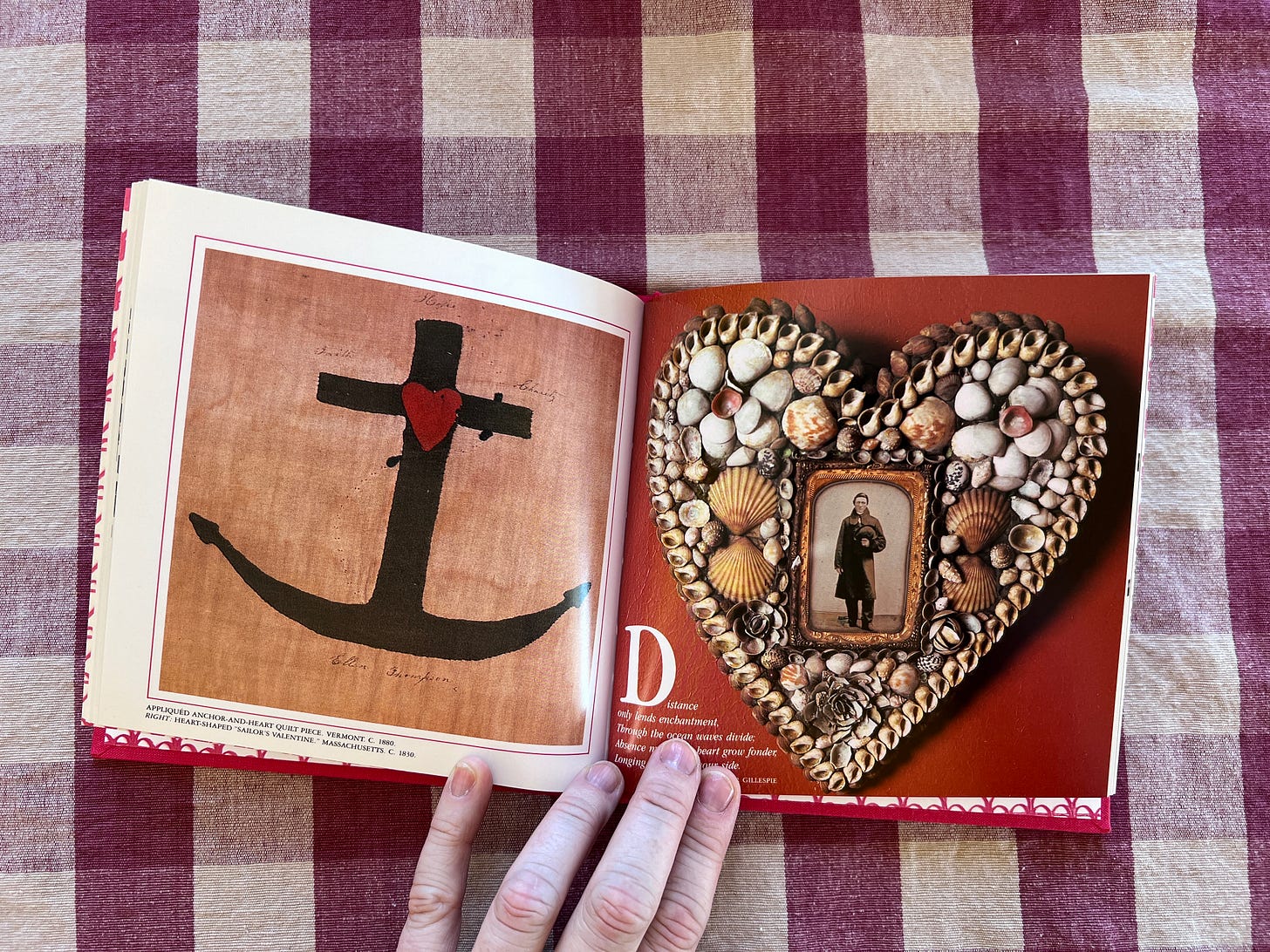

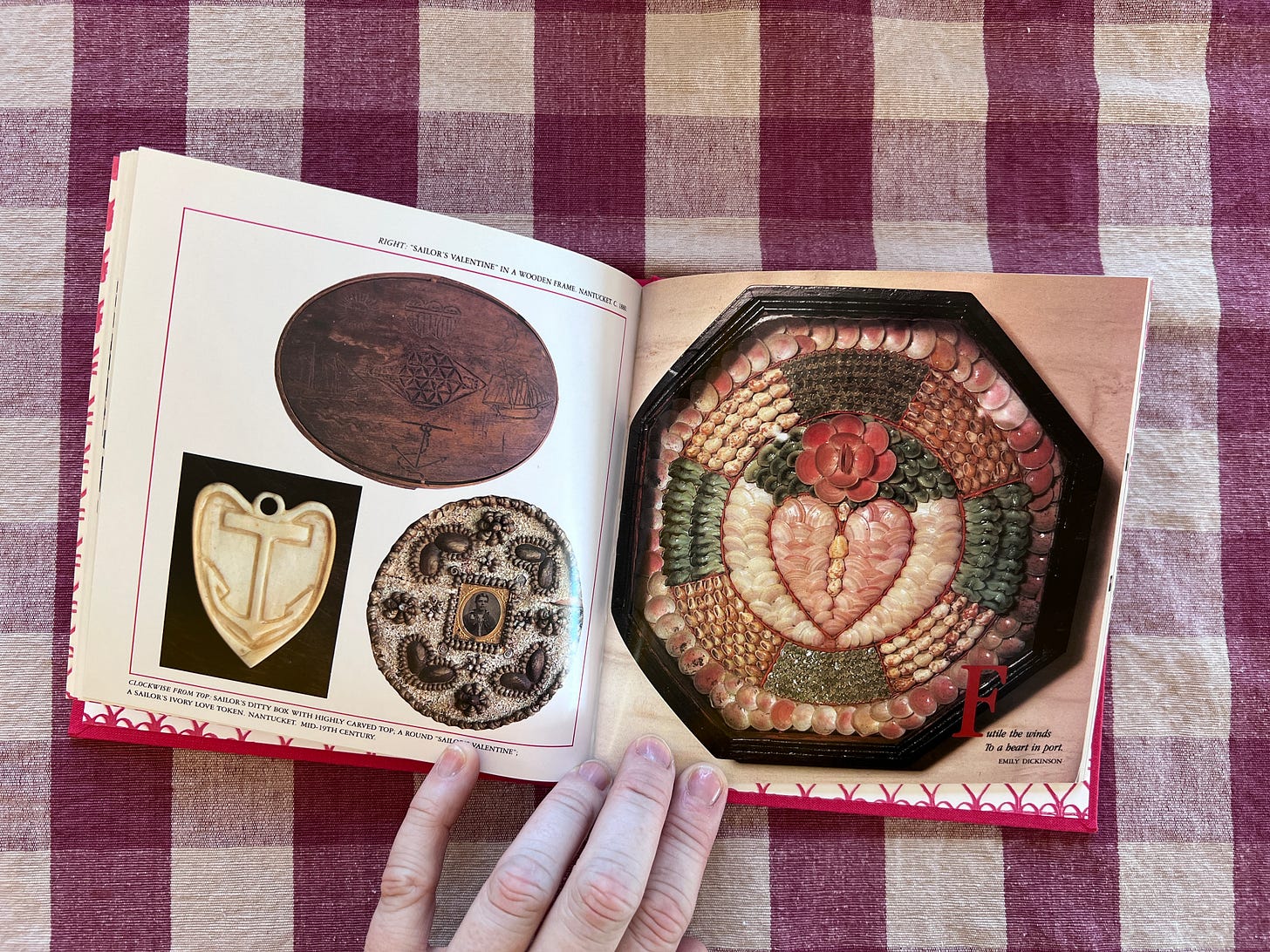

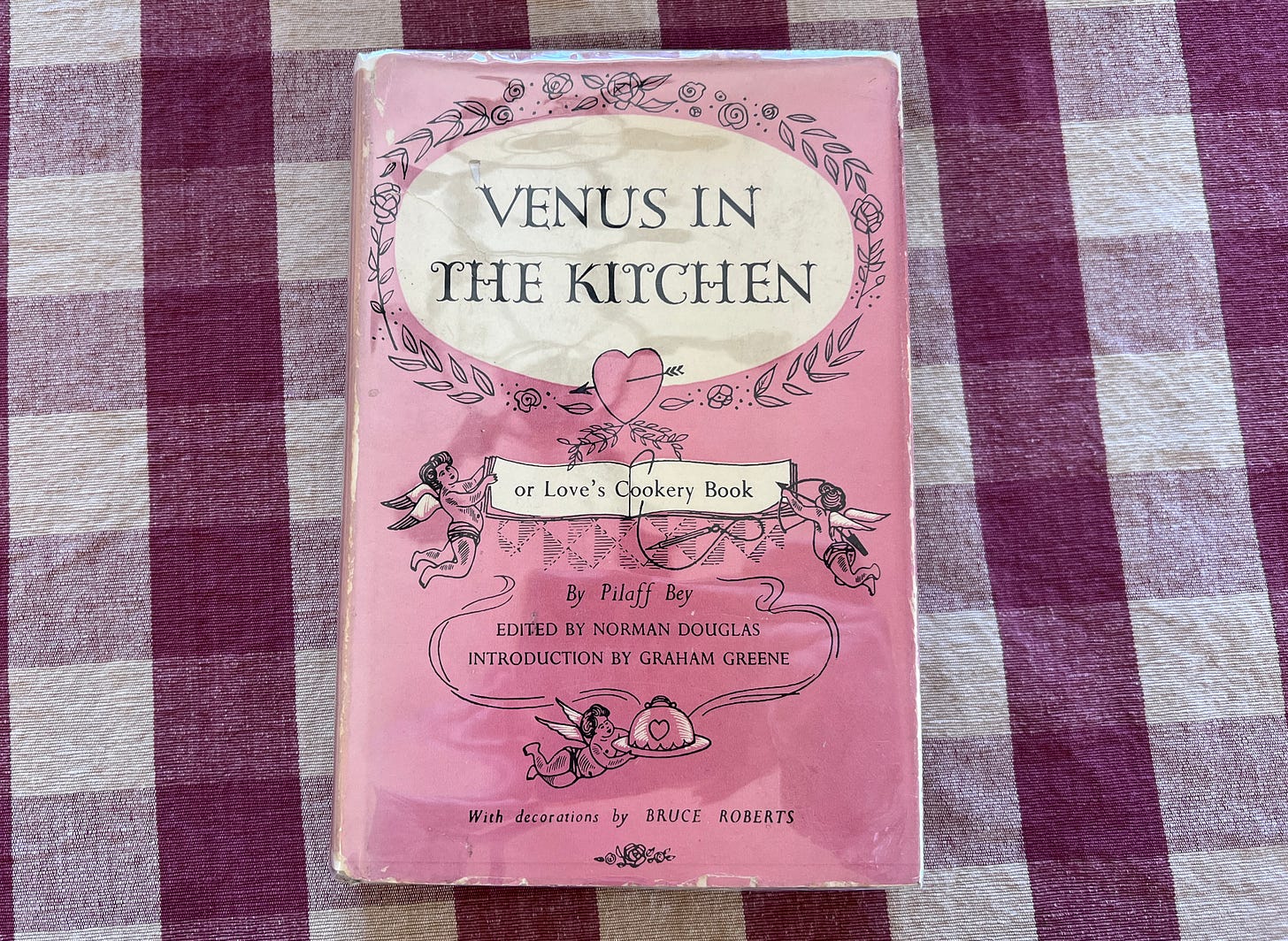

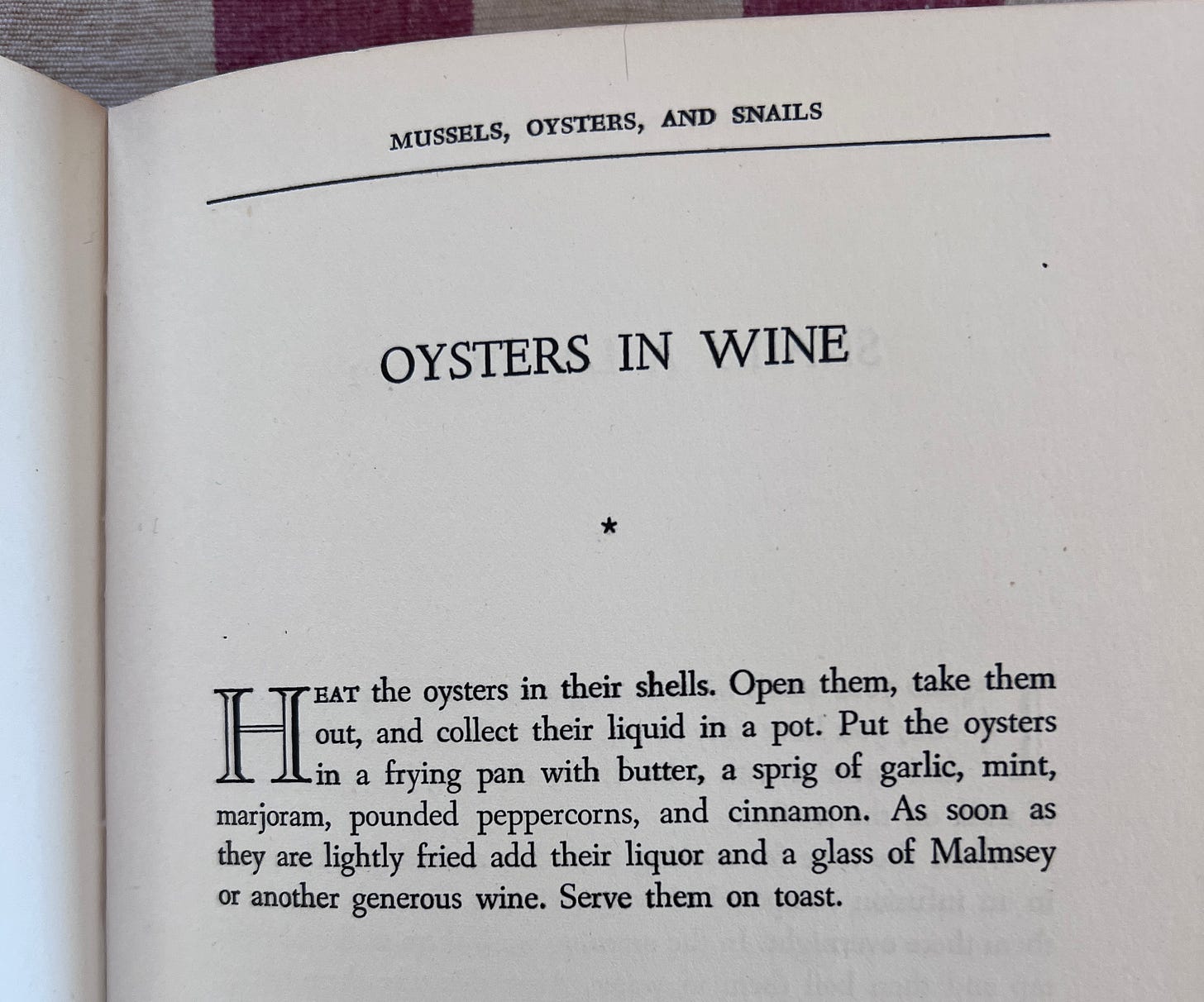
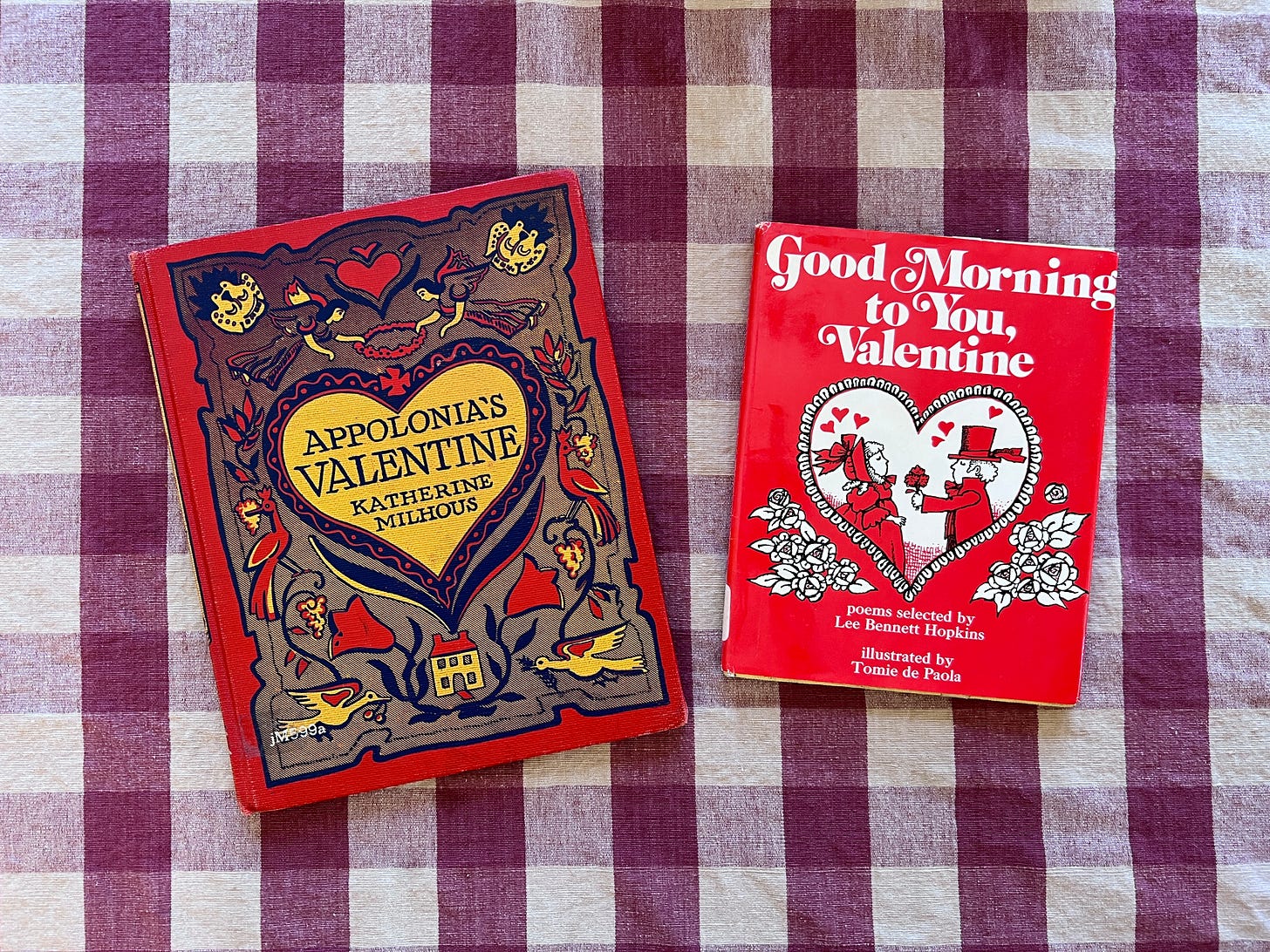
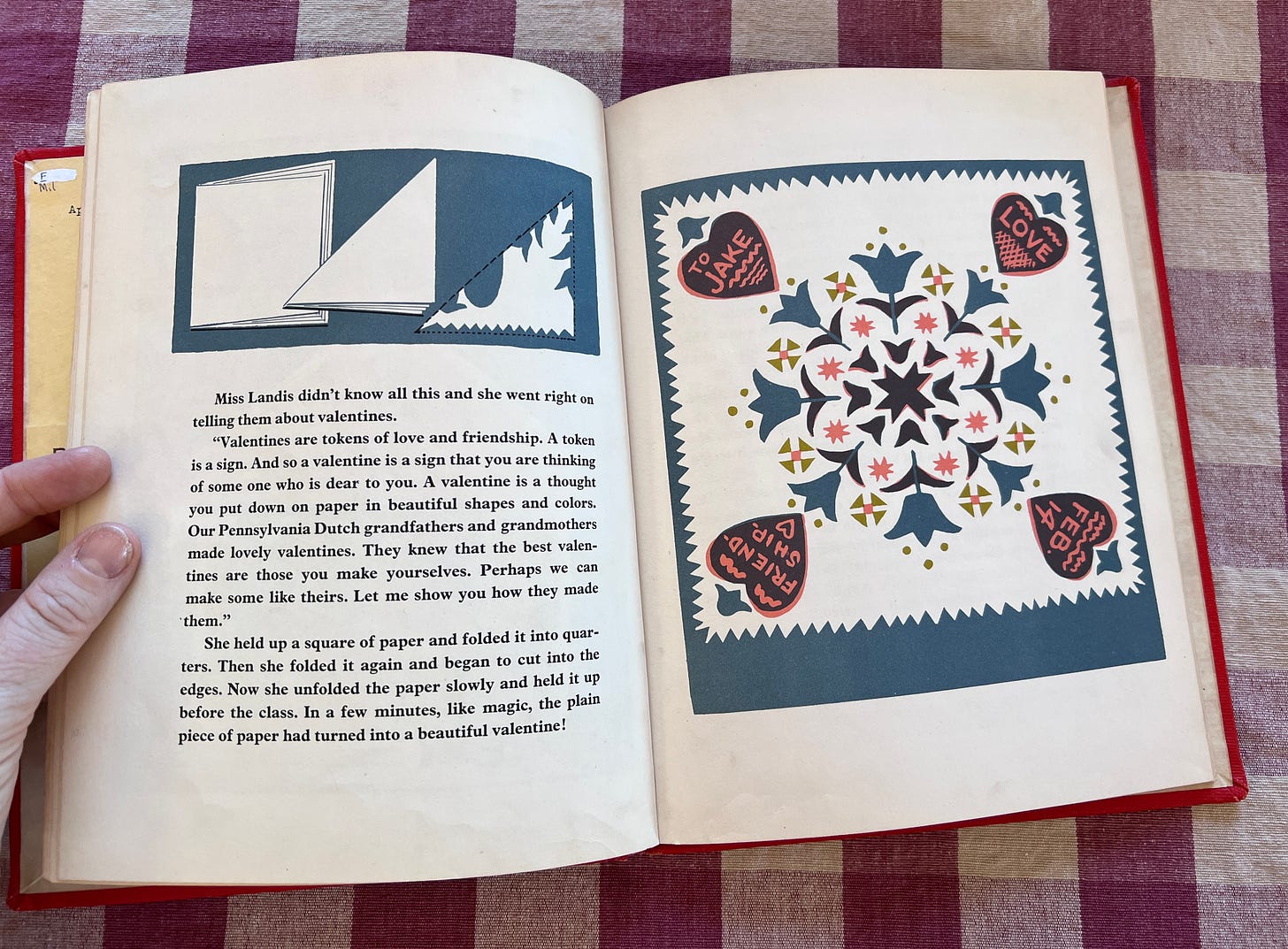
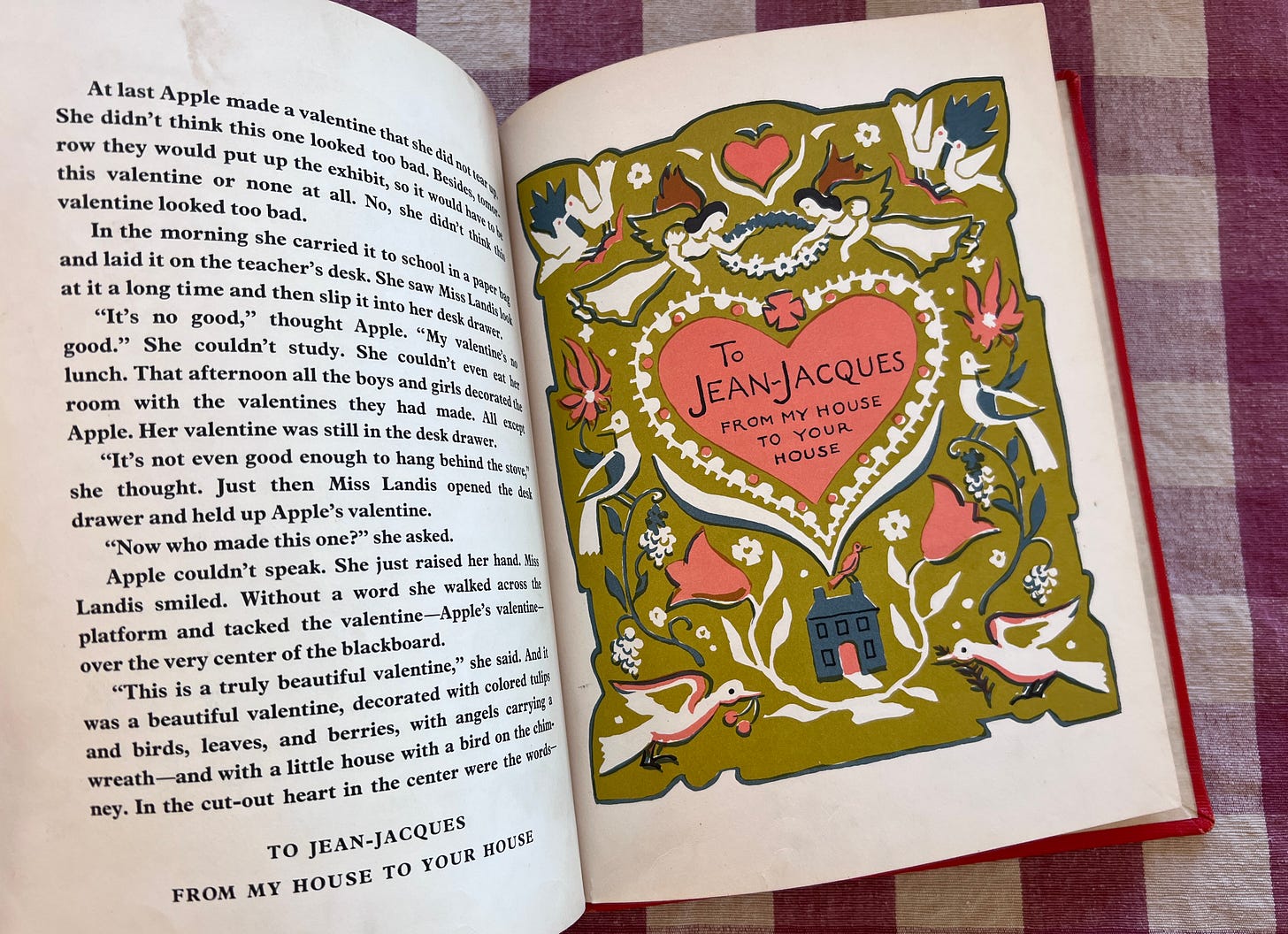
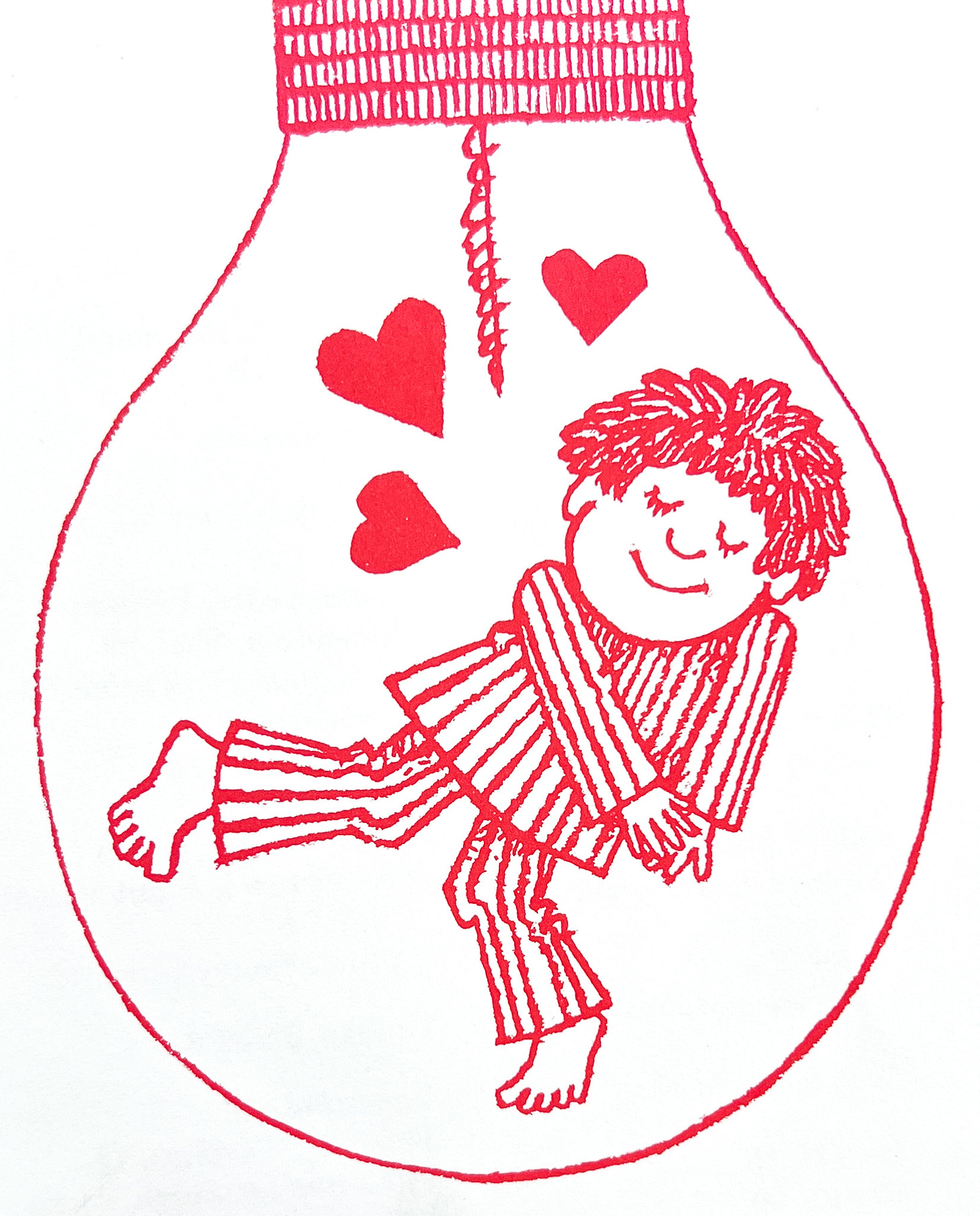
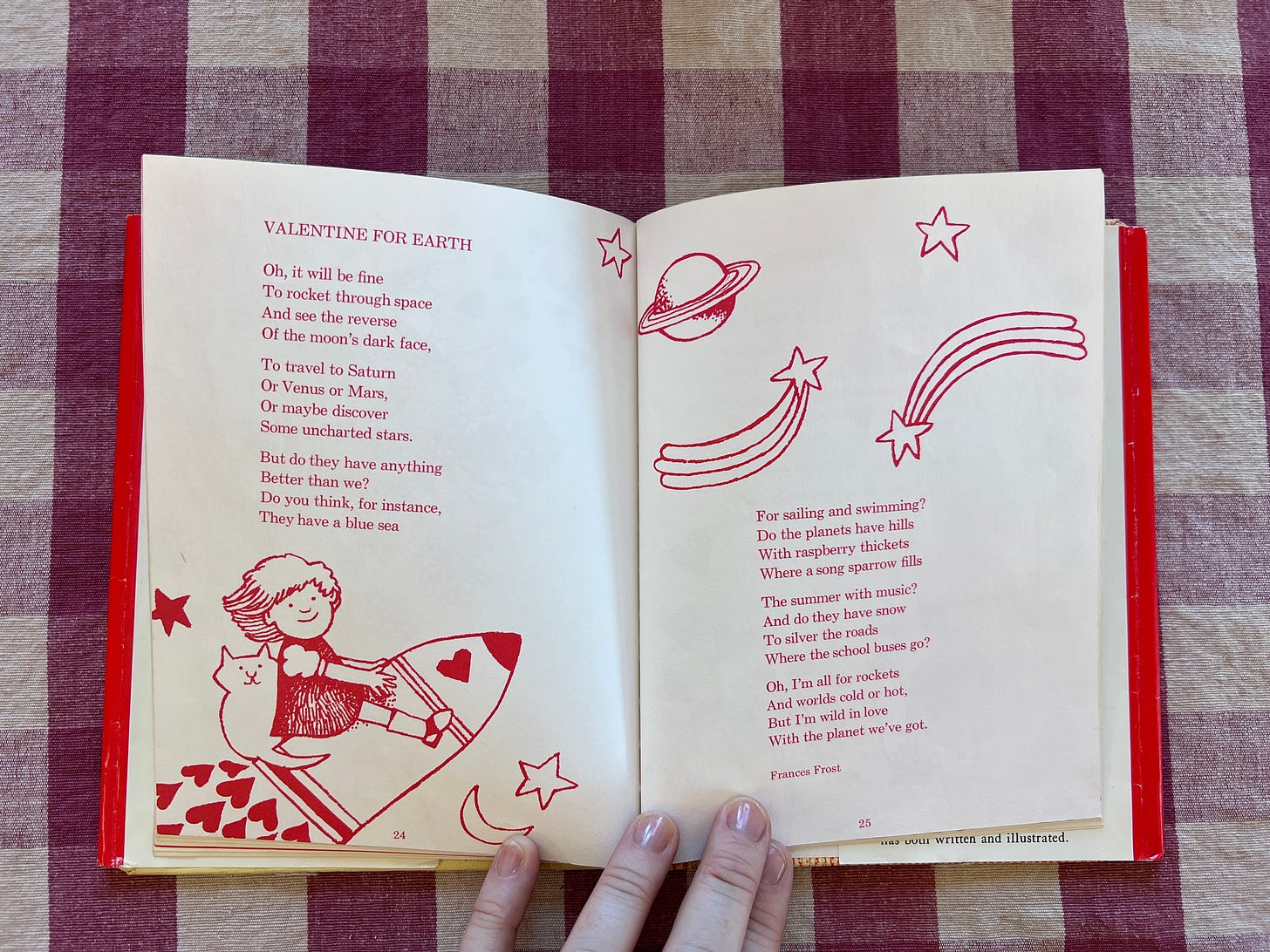
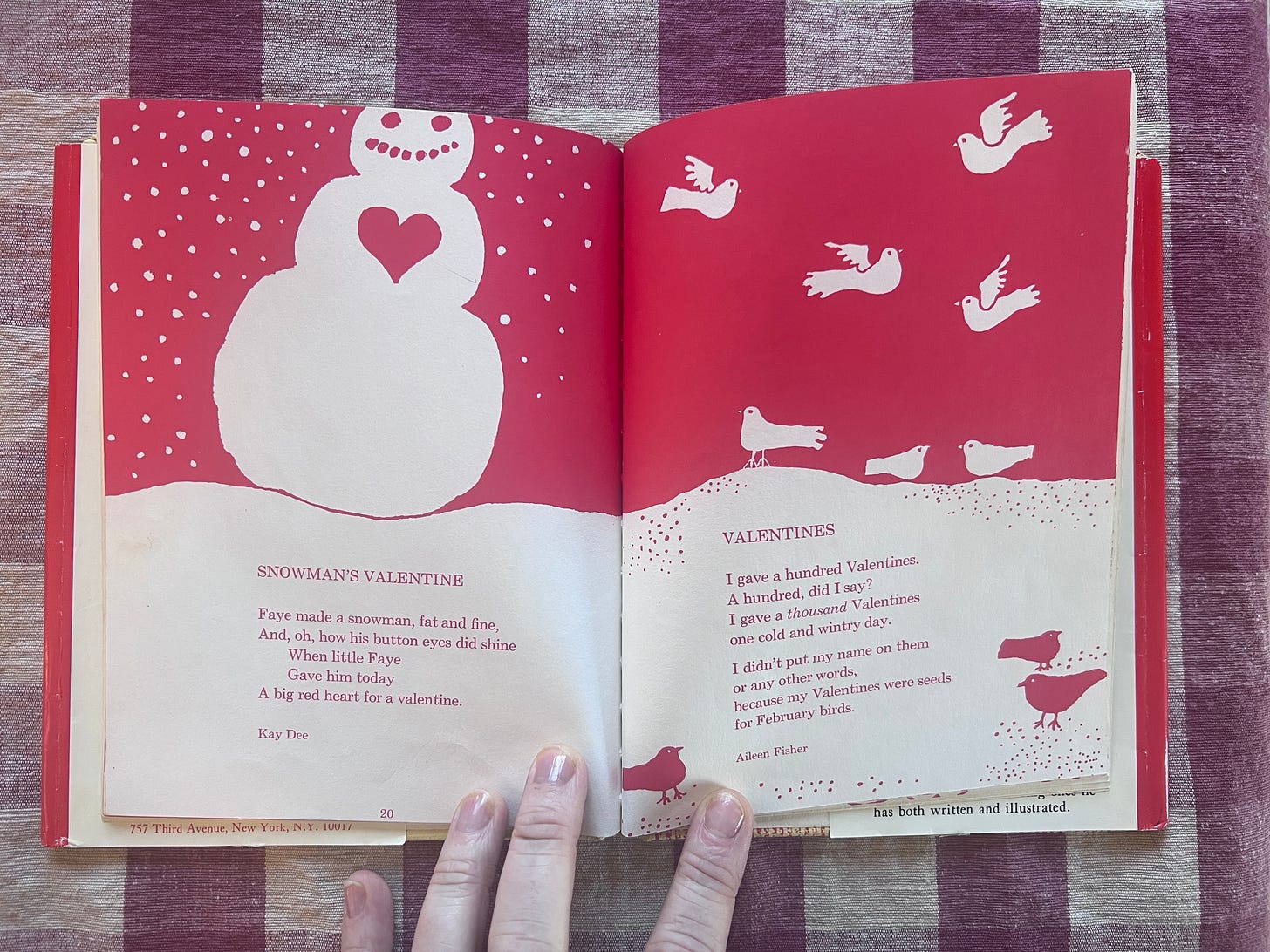

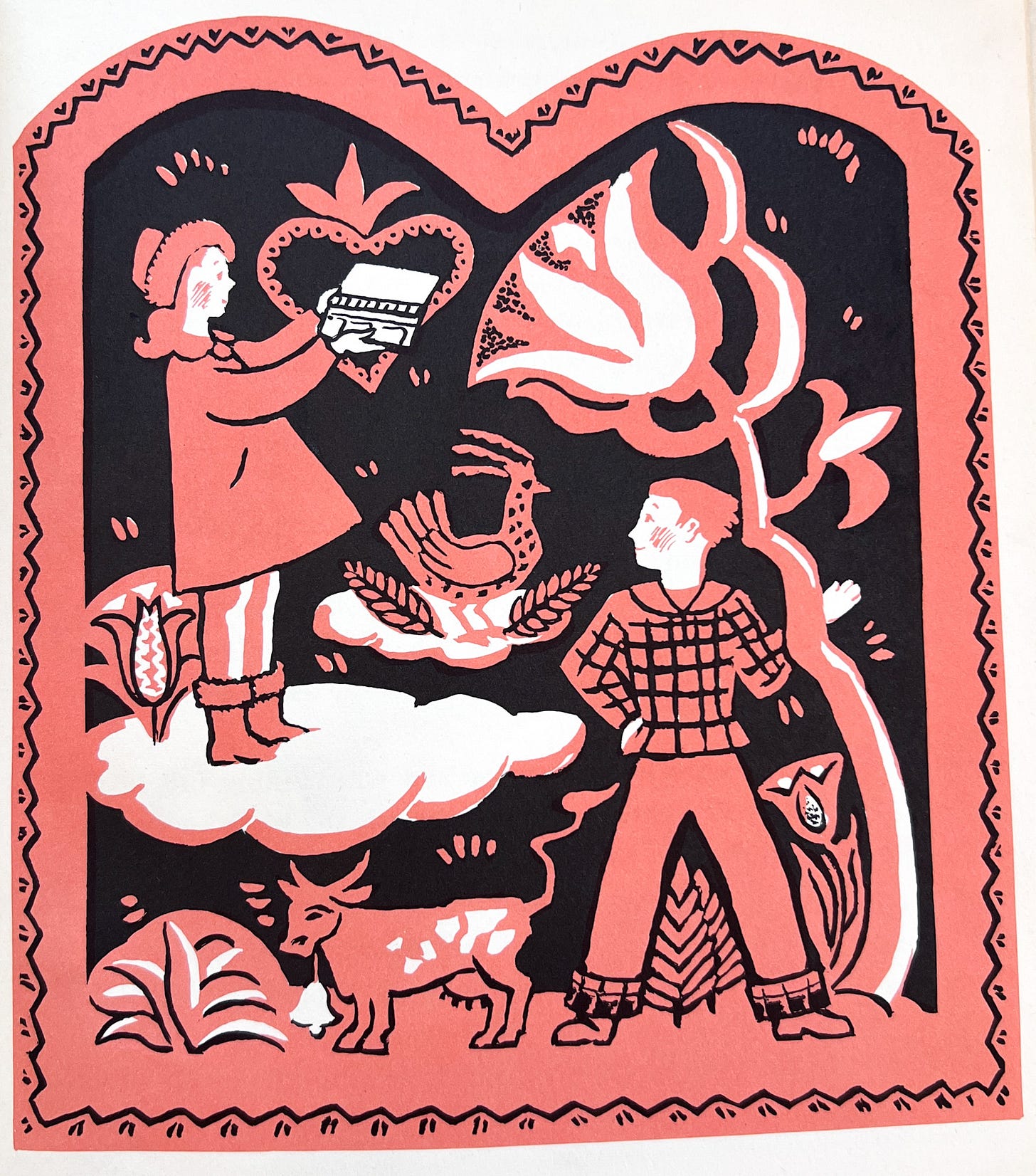

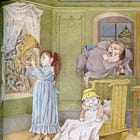
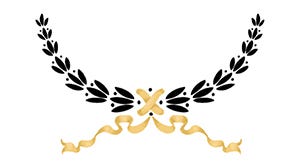
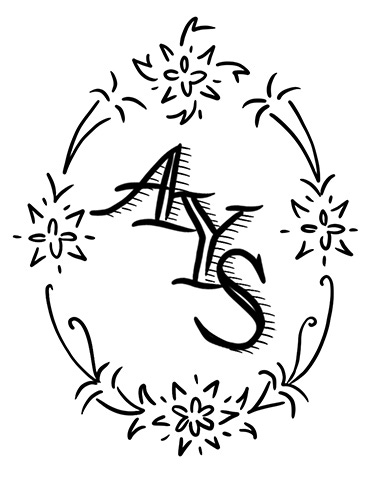
Thanks for the mention! You have a stunning collection! I love those folk art books. Have you heard the quote by Umberto Eco about your unread books? He believes they’re as much a part of your spirit as the read books! Maybe even more so. Check it out :)
Delightful and heartwarming - in every sense - words and images, Katy. Norman Douglas does sound as if he was a nasty piece of work but it looks like a charming book.